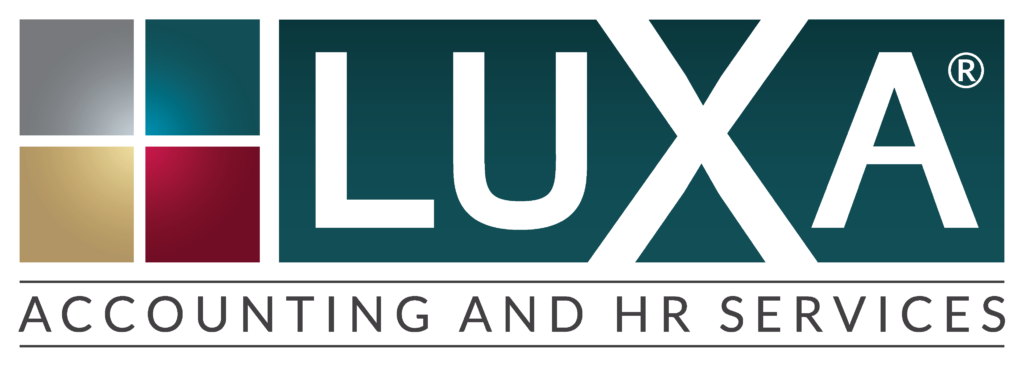You may think you know Payroll compliance review, but we’re putting that to the test. Here are six things you thought you knew about this topic, but will probably take you by surprise.
#1 Auditing Accounts Payable for payments considered taxable income.
It’s important to loop in accounts payable around November/December during the payroll compliance review.
This is tricky and gets overlooked very easily.
Certain payments like a lump sum payment for a one-off bonus or incentive, paid by accounts payable especially if it’s related to new employee or a terminated employee.
Sometimes in smaller companies accounts payable and payroll are one department and when it is time to process a payment to the employee you do it as quickly as possible.
This leaves little time to decipher the proper way to record the payment. It is a good idea to start auditing this Q1 2017.
#2 Business Travelers
AKA road warriors. This one is always overlooked in payroll compliance even by big companies but carries a big risk.
If you have employees that travel regularly to the same state or multiple states for business they are liable for filing personal tax returns for those states.
The employer also becomes liable for how the state taxes are withheld and reported. This now becomes a payroll issue.
Every state has different regulations around what their threshold is that begins eligibility for taxation on an employee’s income and income reporting.
Some states have a first-day rule while states like New York have a 14-day threshold and states like Texas and Florida has vague or broad guidelines around this issue.
#3 Exempt tax status
It is a good idea to track employees with a federal exempt tax status.
Notify these employees by January 1, 2017, to complete a new W4.
Their exempt status should not roll over.

#4 New Pay Codes
Every year brings about change and payroll is no different.
Payroll would not be payroll without changes springing up when you least expect it.
As your company grows so does your staff which also means you may need to add new pay codes to track payments properly.
You will want to ensure that any new pay codes created are set up with the correct taxation for reporting purposes.
For instance, if you intend to pay a bonus it is best practice to set up the pay code with 25% federal withholding based on IRS guidelines around supplemental income.
#5 Annual Allowances
Company fringe benefits such as car allowances, memberships, moving allowances are reviewed in December to make enhancements or changes to the 2017 maximum threshold limit.
Payroll will need to update the maximum threshold limit for each type of allowance for proper tracking and so that employees do not receive more or less than they should.
#6 IRS contribution limits
Yes, the ever-changing 401k, HSA, and FSA contribution limits.
These are just a few of the IRS limits that change annually but these are probably the most important ones to plan a payroll compliance review around.
It’s important that payroll makes these annual contribution updates after the last payroll of 2016 but before the first payroll of 2017 to ensure proper tracking and reporting.
It is also wise to communicate the new contribution limits to your employees via company announcement or HR communication.
Payroll should stay in a constant state of a compliance review. The best year-end preparation starts January 1st and we are the experts to help. To talk more about this, please Contact Us.


